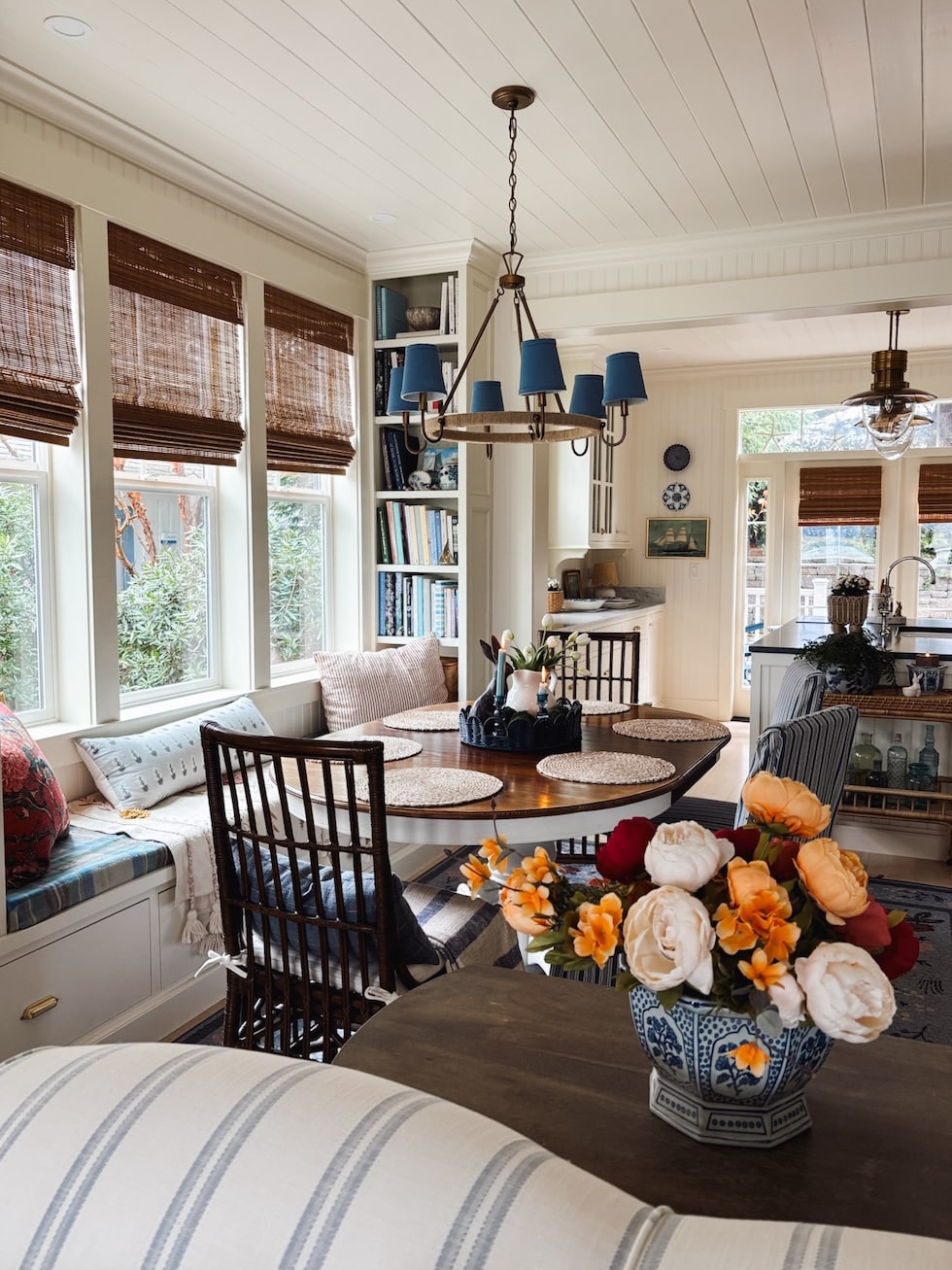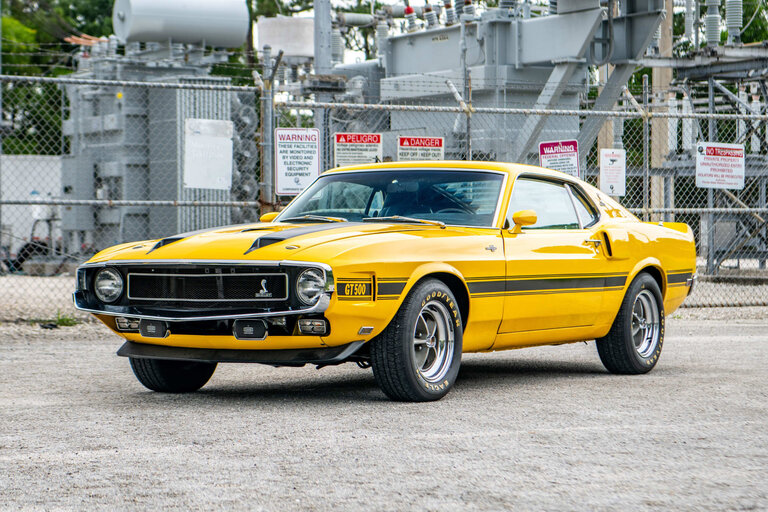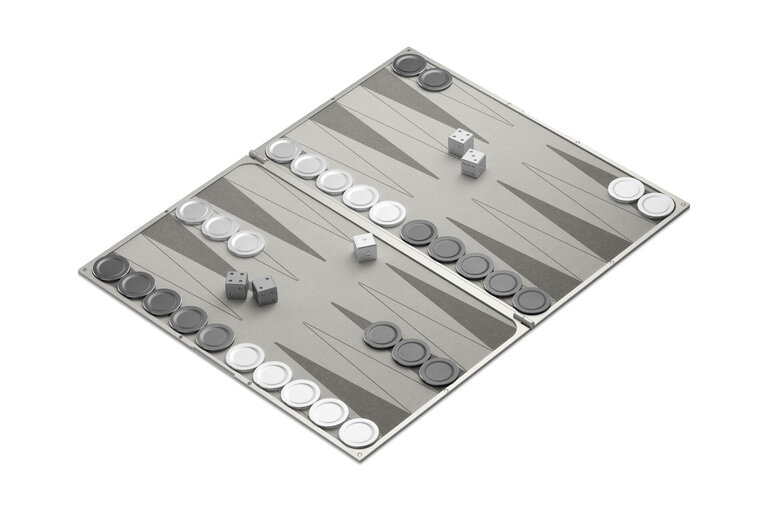Mercedes-AMG GT XX Concept: Electric Performance Redefined
Mercedes-AMG GT XX Concept: Electric Performance RedefinedMercedes-AMG has torn up the rulebook with the CONCEPT GT XX. The machine abandons combustion engines for an all-electric powertrain that promises to change automotive...


Mercedes-AMG has torn up the rulebook with the CONCEPT GT XX. The machine abandons combustion engines for an all-electric powertrain that promises to change automotive performance. Engineers channeled Formula 1 technology into a road car that bristles with aerodynamic aggression and features a sunset beam orange finish that catches light like molten metal. The design language speaks of structural honesty, where every surface serves a functional purpose beyond mere aesthetics. Traditional comfort gives way to motorsport minimalism, creating a cabin that celebrates mechanical beauty over luxury. Can electric propulsion truly capture the soul that has defined AMG for decades? The answer sits before us, humming with potential energy rather than roaring with combustion fury.
Designer: Mercedes-AMG
Exterior Design Language Changes Proportions
The CONCEPT AMG GT XX’s silhouette breaks from traditional sports car proportions through calculated distortion of familiar elements. The fastback profile stretches longer than conventional GT cars, creating an elongated greenhouse that tapers dramatically toward the rear. This proportion shift serves dual purposes: accommodating the electric skateboard platform while generating the visual tension that makes the car appear ready to leap forward even at rest.
From the front three-quarter view, the design team achieved careful visual weight distribution. The low-slung nose creates a predatory stance, while pronounced wheel arches frame the massive 21-inch wheels like sculptural elements. These arches don’t simply house the wheels; they create negative space that draws the eye inward, emphasizing the car’s planted stance.
The AMG-specific grille represents evolutionary design thinking rather than radical change. Ten vertical struts create a more oval, concave form than previous AMG designs, with the Mercedes star integrated centrally as both brand identifier and focal point. The grille’s concave surface creates shadow play that changes dramatically with viewing angle and lighting conditions. Slender, rectangular auxiliary headlights recess into the outer edges, while the vertically arranged main headlights set accents with low beam and high beam stacked one on top of the other.

Surface development throughout the body demonstrates advanced understanding of light reflection and shadow creation. The sunset beam orange paint features metallic particles that create a liquid metal effect, shifting from deep amber to brilliant copper as light angles change. The paint choice amplifies every surface undulation, making the car’s form more dynamic and visually complex.
The MBUX Fluid Light Paint technology adds functional communication capabilities beyond visual drama. Using electroluminescence technology, special color pigments emit light in response to alternating current. This creates brightly glowing paint segments that reference the AMG logo along the longitudinal beams. The paint builds up in several electrically conductive and insulating layers, already successfully tested on a GT3 race car at the 24-hour race on the Nürburgring. During charging, the segments switch off one after the other, providing visual feedback on battery status and signaling when the vehicle is ready to drive.
Aerodynamic elements integrate into the overall design language rather than appearing as afterthoughts. A characteristic feature from motorsport is the two-part air outlets in the hood, each with two fins that dissipate warm air from the horizontal cooling modules and optimize the cooling air path. The front splitter extends far around the front with an integrated air curtain function reaching up to the front wheel arches. The hood encapsulates the front as far as the wheel arches and emphasizes the distinctive sports car DNA with two power domes.
Advanced Audio Technology Integration
Speakers integrated into the front headlights represent a first for the automotive industry. The exterior speakers for emitting driving sounds use the headlight housing as a speaker enclosure, saving space and reducing weight while enabling new sound variants. The speakers also serve as signals for pedestrian protection, addressing the silent nature of electric vehicles at low speeds.
Passive membrane technology in the soundbar enables low frequency and more powerful bass reproduction by making better use of available installation space. This engineering approach demonstrates how traditional automotive components can be reimagined to serve multiple functions while maintaining their primary purpose. The integration exemplifies the concept’s philosophy of eliminating redundant systems in favor of multi-functional solutions.
Rear Design Creates New Visual Signature
The rear design establishes a new visual signature for electric AMG vehicles through bold geometric arrangements. Six circular taillights pierce the rear surface in a symmetrical pattern that references classic racing aesthetics while incorporating modern LED technology. The “AMG” lettering integrates directly into the LED array, creating a branding statement that announces the car’s performance intentions from considerable distances.
The MBUX Fluid Light Panel at the rear features more than 700 freely programmable RGB LEDs that enable active communication with the outside world. The front side has been media blasted to achieve perfect homogeneity for backlighting each pixel, while the internal structure prevents light scattering between pixels. When turned off, the panel features a 3D pixel look. When activated, it can display real-time vehicle information as text or animation, including a digital AMG logo or current charging process.

The exposed carbon fiber diffuser represents the most aggressive aerodynamic element, sweeping deeply downward on both sides in a form reminiscent of the AMG ONE hypercar. The diffuser’s sculptural quality transforms functional aerodynamics into visual drama, creating negative space that lightens the car’s visual weight while generating crucial downforce at high speeds.
Interior Architecture Embraces Structural Minimalism
The cabin design philosophy centers on structural honesty, eliminating traditional automotive comfort in favor of mechanical beauty. The exposed carbon fiber ceiling structure serves multiple functions: weight reduction, visual drama, and honest expression of the car’s construction methods. The decision to eliminate a traditional headliner transforms the roof into a design element that celebrates the material’s weave pattern and structural properties.

The instrument panel design references classic sports car engine blocks through its machined metal construction and matte black finish. The AMG logo integrates directly into the surface rather than being applied as a separate element, creating a monolithic appearance that emphasizes solidity and precision manufacturing. The structural crossmember forms the upper part of the cockpit while containing ducting for fresh air and cables.
Structural crossmembers form the upper cockpit boundary, their extrusion patterns creating a visual theme that extends throughout the cabin. These elements don’t hide behind trim pieces or padding; they celebrate their functional role while contributing to the overall aesthetic. The vertical H-struts positioned centrally beneath the instrument panel combine cockpit substructure with center console mounting in a single module, demonstrating how structural elements can become design features.
The center console design incorporates the AMG crest as a central element, machined from solid metal and illuminated to express the concept’s high-tech character. Exposed structural extrusions surround the console, illuminated by orange tubes that create visual associations with high-voltage cables while adding dramatic accent lighting.
Door panel design embraces sculptural minimalism through racing perforations with subtle backlighting. These elements provide visual depth while maintaining weight consciousness, creating a second-read effect that breaks up expanses of black material. The checkered flag pattern fabric with color backlighting adds motorsport references without resorting to nostalgic clichés. Small buttons of machined aluminum display the AMG crest and are accented with the exterior paint color at door fastening points.
Advanced Seating Technology Changes Ergonomics
The front bucket seats are based on carbon fiber racing shells with ventilation openings and integrated headrests. The new 3D-printed seat pads with an open 3D structure offer customization with optimized ergonomics and easy swap-out capability. This creates a comfortable seat structure adapted specifically to each user. The seat pads are covered with LABFIBER Biotechnological Leather Alternative in Pearl Black.
The idea behind the seat pads comes from motorsport, where each driver has individual seat cushions that can be quickly swapped out during driver changes in endurance races. In the CONCEPT AMG GT XX, the individually designed seat pads were created using 3D printing technology that enables unprecedented customization levels. In the rear, individually formed carbon fiber bucket seats, including cushions, are completely integrated into the car’s rear bulkhead to save weight while maintaining structural integrity.
Sustainable Materials Point to Future Manufacturing
The interior features LABFIBER materials based on biotechnology. The technology program includes alternatives to leather and silk, both produced with biotechnology assistance. The biotechnology-based LABFIBER Biotech Silk Alternative starts with silk proteins produced by genetically modified bacteria, refined into shiny, silky yarn using a wet spinning process.
This synthetic silk has the same functional properties as animal-based silk but is 100 percent biodegradable, very light, and high strength. In the CONCEPT AMG GT XX, door handles are made from this silk alternative, produced in orange to match the exterior. The floor covering uses 100 percent recycled materials with sporty design elements featuring checkered flag patterns that reference motorsport. These material choices demonstrate how sustainable manufacturing can maintain luxury aesthetics while reducing environmental impact.
Digital Interface Changes User Experience
The dual-screen interface represents a departure from traditional automotive controls, centering around a 10.25-inch instrument cluster and 14-inch multimedia touchscreen. Both displays angle toward the driver with a glass look, eliminating physical switchgear in favor of streamlined digital operation. The interface is based on the in-house Mercedes-Benz Operating System (MB.OS) with deeply integrated chip-to-cloud architecture that networks and controls all domains and functions.

Mercedes-AMG One
The steering wheel draws direct inspiration from the AMG ONE, featuring an almost rectangular shape with horizontal struts that emphasize the concept’s motorsport DNA. The design choice prioritizes functional grip zones over traditional circular forms, reflecting the car’s track-focused intentions. Steering wheel paddles control recuperation, while a display on the steering column uses eight LEDs with different color codes to indicate state of charge (blue) and recuperation and current performance (red).

Mercedes-AMG One
The UI/UX design team in Sindelfingen created an exclusive interface that showcases the highlights of the electric drive system, including the High Performance Electric Battery as a video animation on the multimedia display. This visual approach transforms technical information into engaging content that educates users about the vehicle’s advanced systems while maintaining the emotional connection that defines the AMG experience.
Platform Architecture Enables Design Freedom
The AMG.EA electric skateboard platform fundamentally alters design possibilities compared to adapted combustion platforms. The high-voltage battery integration into the vehicle structure creates a low center of gravity while freeing up packaging space for advanced technology and sophisticated powertrain components. The AMG Performance 4MATIC+ all-wheel drive delivers power through three electric motors that operate completely decoupled from one another, allowing fully variable torque distribution to front and rear wheels.
Material optimization extends throughout the platform, with cross-sections and component designs maximizing strength-to-weight ratios. The battery housing becomes part of the vehicle structure itself, integrated into the crash concept with defined lateral load paths that combine exceptional torsional rigidity with minimal weight. This structural integration enables the transition between rear-wheel and all-wheel drive to occur continuously based on an algorithm matrix that integrates control systems into the entire vehicle architecture.
The CONCEPT AMG GT XX succeeds in creating a design language that bridges AMG’s combustion heritage with its electric future. The exterior proportions and surface development demonstrate advanced understanding of aerodynamics and visual drama, while the interior celebrates structural honesty over traditional comfort. Most importantly, the design team avoided the trap of simply electrifying existing concepts, instead creating a machine that feels authentically AMG while pushing into new aesthetic territory. Whether these design themes reach production remains uncertain, but the concept provides compelling evidence that electric performance cars can maintain visual excitement while advancing into new technological frontiers.
The post Mercedes-AMG GT XX Concept: Electric Performance Redefined first appeared on Yanko Design.














































































































![Watch: American Airlines Passengers Casually Walk Aisles During Taxi—Did Seatbelt Rules Just Disappear? [Roundup]](https://viewfromthewing.com/wp-content/uploads/2025/06/standing-in-aisle.jpg?#)



































































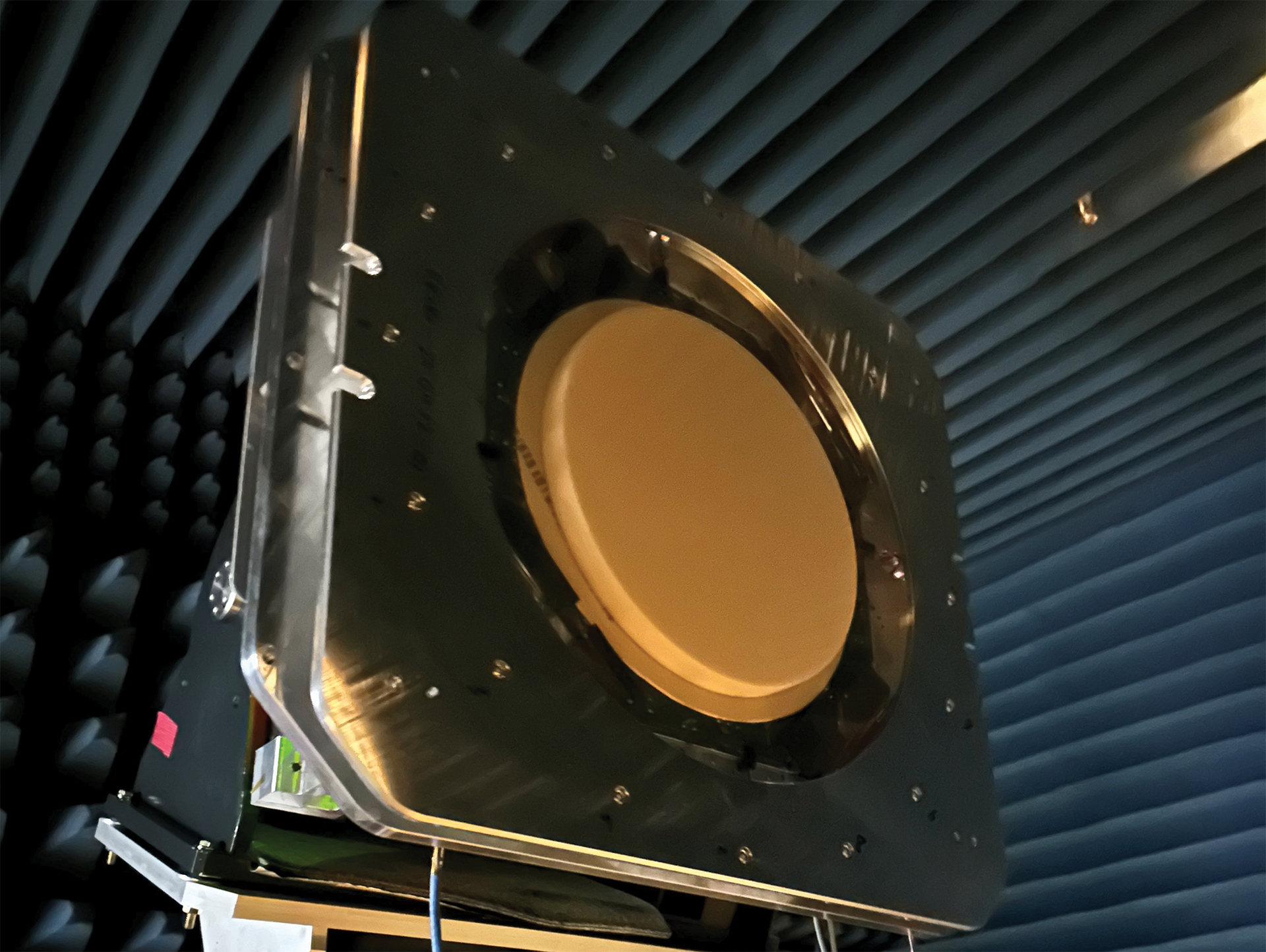



































































![This Switch 2 Accessory Is Making Fans Drop Their Consoles And The Manufacturer's Response Is Only Making Things Worse [Update: Everyone's Getting Free Upgraded Joy-Con Grips Following Death Threats]](https://i.kinja-img.com/image/upload/c_fill,h_675,pg_1,q_80,w_1200/d26954494c474d4929b602da22e51149.gif)









































































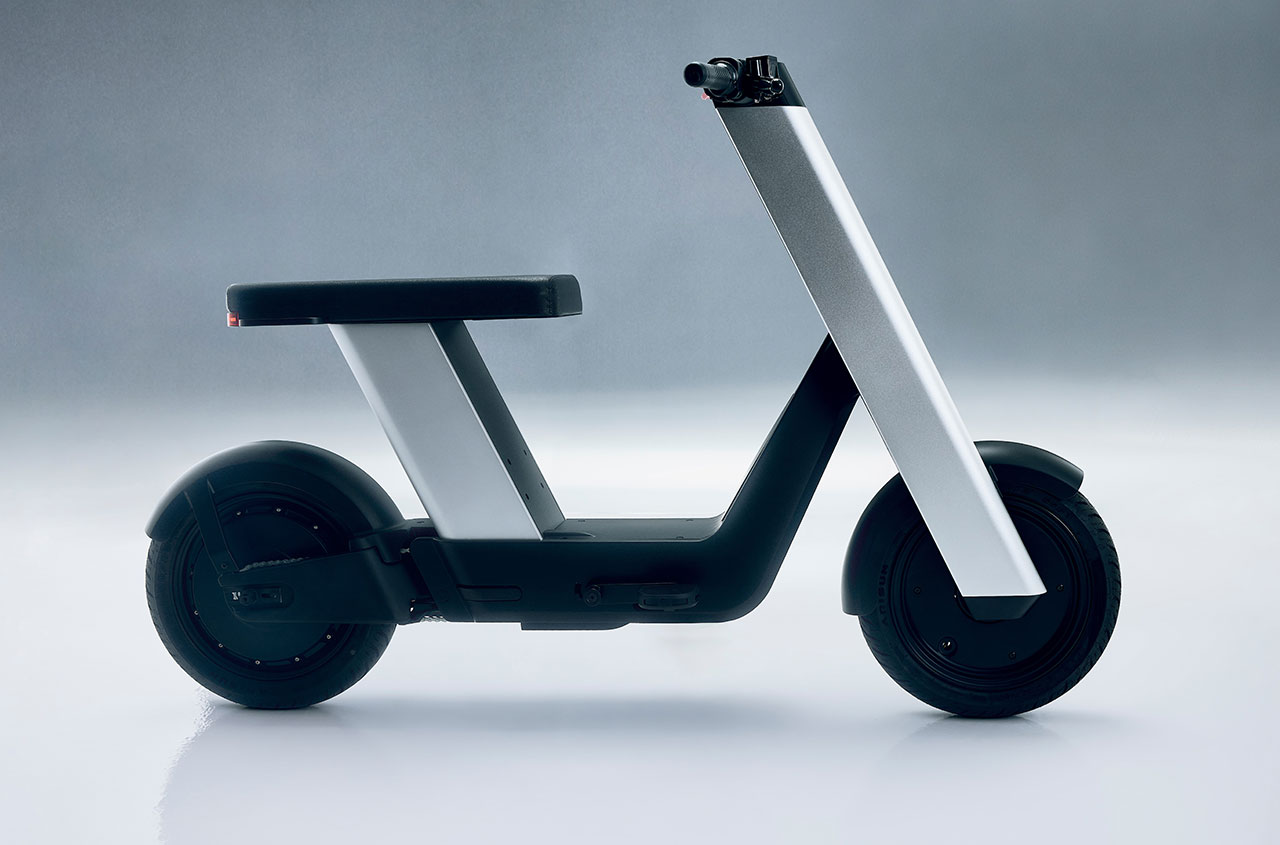

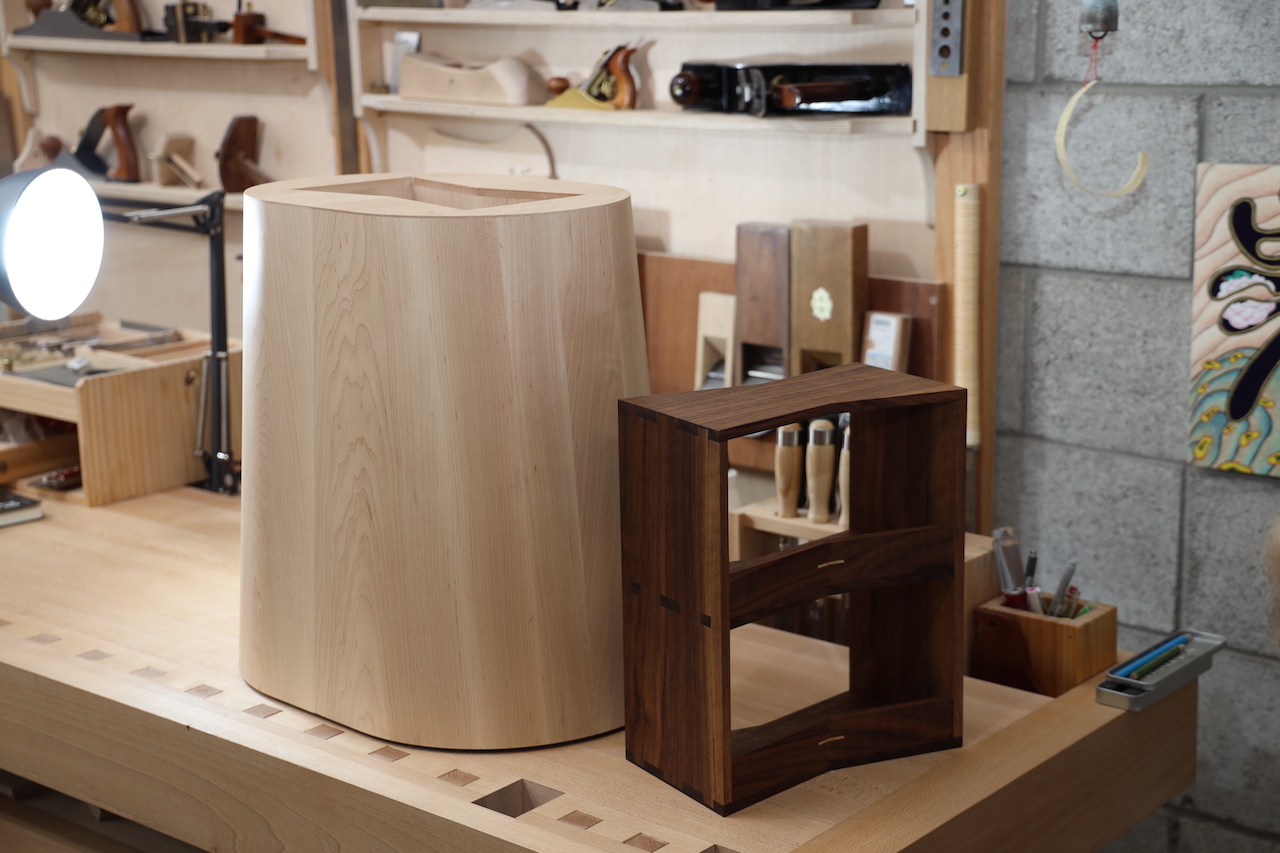
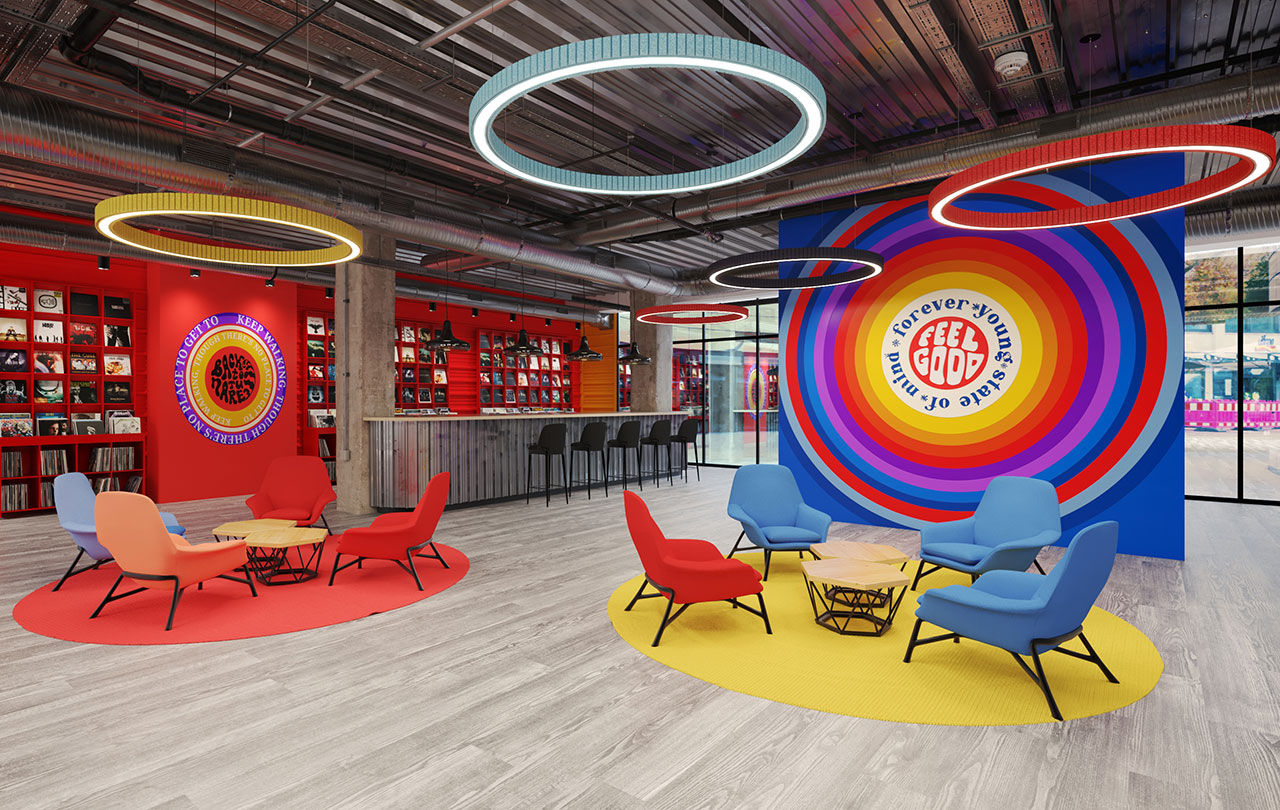










































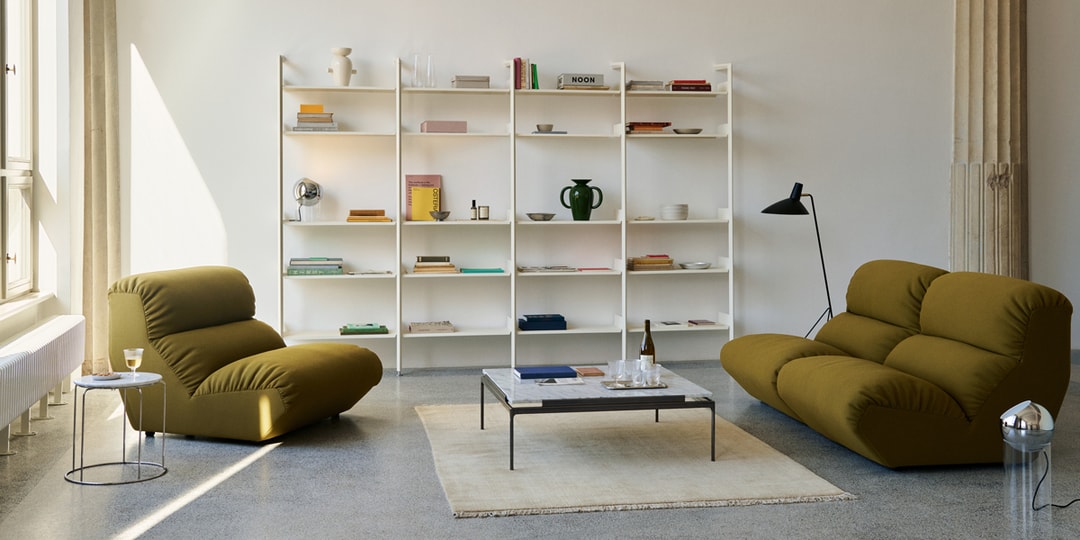




![[Podcast] Problem Framing: Rewire How You Think, Create, and Lead with Rory Sutherland](https://justcreative.com/wp-content/uploads/2025/06/rort-sutherland-35.png)





































